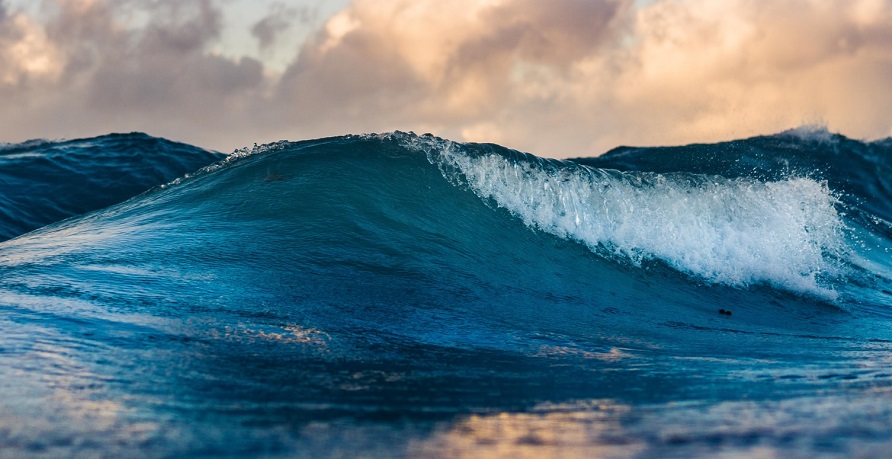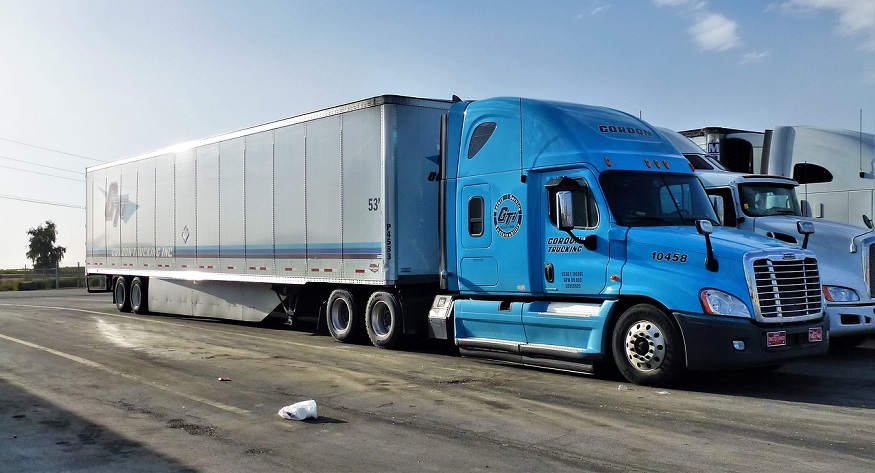
EMEC produces green hydrogen through flow batteries and tidal power
November 19, 2020The European Marine Energy Center in Scotland plans to deploy Invinity Energy Systems on Eday.
The European Marine Energy Center (EMEC) has announced that it will use flow batteries combined with tidal power on the island of Eday to generate green hydrogen.
The Invinity Energy Systems will use a 1.8 MWh flow battery on its island test site.
The unique combination of the flow batteries with tidal power will be used for powering the EMEC hydrogen production plant. This test will provide a demonstration of how variable renewable generation can still power continuous hydrogen production.
Commercializing green hydrogen is seen as a critical step toward achieving a future with 100 percent renewable energy. Green hydrogen is a form of renewable energy that is both produced and used without producing any greenhouse gas emissions. It is believed to have the potential to substantially decarbonize the transport and heavy industry sectors.
Estimates from the Offshore Renewable Energy Catapult show that the green hydrogen industry’s development could lead to a job creation of 12,000 positions. Moreover, it would bring an additional £320 billion to the economy of the United Kingdom within the next three decades.
The green energy production with flow batteries and tidal power was funded in part by the Scottish Government.
The funding made its way to the project via Highlands and Islands Enterprise. The modular flow battery system at Invinity will be assembled in Bathgate, West Lothian at the company’s manufacturing facility. It will be composed of eight linked Invinity VS3 battery modules to make up one system. The project is expected to become operational in 2021.
“We are delighted to support this world-first innovative energy systems project in Orkney, with £1.8 million of funding from the Scottish Government. The demonstration of hydrogen and systems integration with renewables will be a key part of our energy transition pathways and we look forward to watching the progress of this exciting and pioneering project, building on the strong track record of Orkney and EMEC, in particular, in demonstrating  hydrogen and integrated energy systems,” said Paul Wheelhouse, the Scottish Energy Minister about the use of flow batteries and tidal energy for green hydrogen production.
hydrogen and integrated energy systems,” said Paul Wheelhouse, the Scottish Energy Minister about the use of flow batteries and tidal energy for green hydrogen production.



 With over 15 years of reporting hydrogen news, we are your premier source for the latest updates and insights in hydrogen and renewable energy.
With over 15 years of reporting hydrogen news, we are your premier source for the latest updates and insights in hydrogen and renewable energy.
“…without producing any greenhouse gas emissions…”
OK, but tidal + battery seems a clumsy, complicated way to do it as compared to nuclear source.
What are the cost for KG of Hydrogen. Expensive as hell I bet without subsidies!
The costs for hydrogen production depend on the manner of production. Renewable to electrolysis of pure water (where is the water source – from the sea involving desalination i.e. Australia, Saudi Arabia or from a fresh water rich environment). Additional costs then come into play regarding methods for hydrogen transport, shipping in a pure compressed form or in a liquid form (requiring different types of specialized carriers with different expenditures from the outset and application costs, or piped again similar variables must be considered outset costs Vs longterm cost savings). Plus green ammonia as a hydrogen storage medium can also be used as they have recently started doing in Australia. Then to the equation add in externalities, how ‘healthy’ or expensive is nuclear waste in the long run? What are the longterm/ (now increasingly short term) costs of failing to reduce co2 emissions due to incumbent interests and a blinkered short term profit attitude. Hydrogen then is simply not so expensive plus new work is supplied and an economy is stimulated, be proud of Scotland’s and the island of Eday’s wise and profitable course of action!
Lobsang